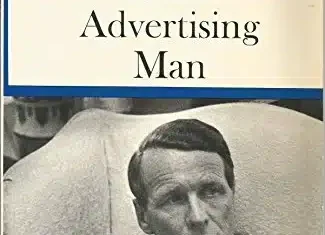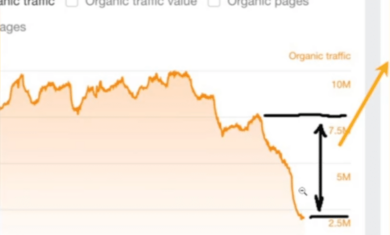The single best thing you can do with your marketing is to always keep the end user in mind. When we build websites for our customers, we frequently remind them that the site is not for them — it’s for their customers.
A common joke among web designers is that clients always seem to want their logo bigger. If you’re able to get a client to see the true end user of their website, that problem goes away.
“Hey client, how does making your logo bigger help your customer?“
QR Codes
I see this in other ways too, such as with QR codes. QR codes are fantastic because they’re open-source by design. They don’t require a central database, so no one can control the content of them or shut them down or anything. They’re great!
However, the rise of QR codes has led to a rise in misuse of them. As a general rule, QR codes should only be used on printed pieces to help guide people to a digital product. If you see a QR code on a website or app, it’s likely doing more harm than good.
I recently had a friend write a post on LinkedIn promoting his event, and simply had “for more details scan this QR code”. No link to click, just the QR code. This meant one of two things:
- I was on my computer, so this means I needed to scan it with my phone, open the page, copy the URL, save it in Google Keep on my phone, then open Google Keep on my computer, copy the link in browser and then run it from there.
- If I was on my phone it’d be even worse, because you can’t really scan your own phone. For that, I’d probably have my wife scan my phone, pull up the link, copy it, text it to me, and then I could click her text and open it.
Or, you know, they could have just included a link with the post and I could have just clicked that.
This is a clear lack of seeing the world from the perspective of the consumer. Sure, the QR code will take people to the event page, but how exactly would that process work?
If this had been a flier on a bulletin board, or a paper invitation in my mailbox, a QR code would have been perfect. For a post on LinkedIn, it was incredibly short-sighted.
Next Service –>
This particular person also has a similarly misguided feature on their website, which is also failing to see marketing through the eyes of their consumer. As a business they are fantastic, and I’d hire them in a heartbeat if needed, but their marketing is too self-centered.
Their website include a list of about 15 services they offer, each on a separate page — that’s excellent! However, the bottom of each service page includes a very strange call-to-action. Rather than “learn more about our team” or “reach out today”, they instead have “<- Previous” and “Next ->” buttons so you can browse through their other services. There is almost certainly no one clicking those buttons.
Nearly every visitor to their site will come with a specific need, and hopefully find the page that addresses their need. I can’t fathom that someone (other than their own staff) will sit back and say “oh neat, let’s click through the services and check them out!”. I’d argue that’s even less likely than someone kicking back to watch all of the slides on your home page (which isn’t going to happen either).
Who?
Who is your marketing for? Who is coming to your website? You should be able to tell me that “it’s often women in their mid-30s with children, they’re struggling with this problem, and we offer this solution”. Once you have that, everything should be focused toward serving them, and you should look at everything you publish through their eyes.
I doubt a bigger logo or a digital QR code is likely something that will benefit them.




